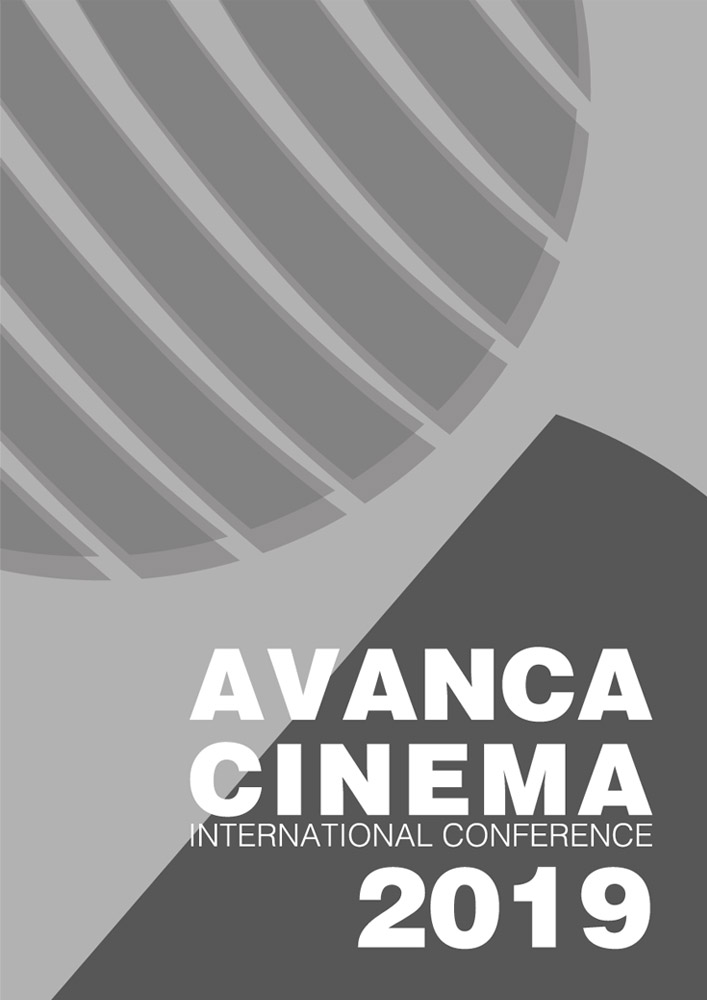Chapter I _ Cinema - Art
La estética modal como herramienta de análisis cinematográfico.
Abstract
Modal aesthetics emerges from Nicolai Hartmann’s ontology, whose modal distribution has three fundamental categories: the Repertorial, the Dispossitional and the Landscape which diverse dynamic equilibriums articulate both the artwork and the aesthetic experience. In this way, movies and our responses to them would appear as manifestations of diverse “modes of relation”, which organize the cinematographic work along with the sensitivities coupling with it, while integrating them both within the technological-historical development.
As a result of the different modal equilibriums available, film poetics can eventually be better understood in their dependence to repertorial aesthetics. Such is the case with classic American which following the logics of the mode of the necessary, has been able to produce and consolidate a series of aesthetic patterns based on invisibility and that have come to us as a collection of filmic forms. On the other hand, the dispositional aesthetics deploy the mode of the possible. This is the case of the film vanguards, where new ways of doing things are built against what was previously considered necessary. Other film aesthetics can put the focus on the mode of effectiveness: this could be the proper focus to understand the character of werewolf, whose iconography comes to a full crystallization in the cinema, while being the object of dispute between a number of differente efectivities that are happening and that change both the man and the werewolf that emerges from the metamorphoses.
Of course nothing here happens in isolation, since modal aesthetics categories are dynamic devices which describe different modal tensions and processes.

This work is licensed under a Creative Commons Attribution 4.0 International License.

